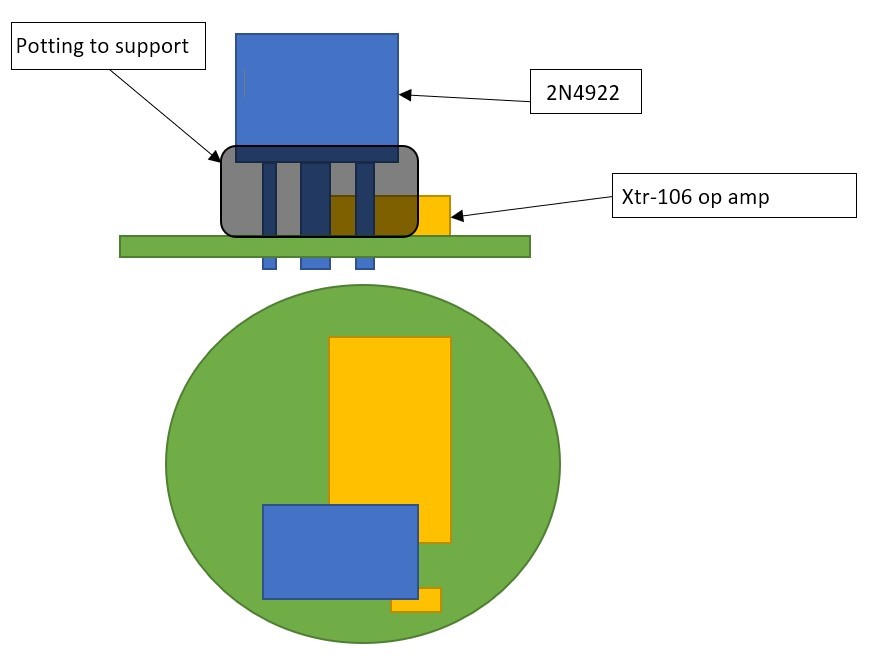Other Parts Discussed in Thread: XTR116
The recommended transistor packages are all too big/too tall for my device. Is there a substitute in surface mount package I can use? The smaller the better as I have space constrain. Please also educate me what specifications of external transistor I need to watch out for and why.



